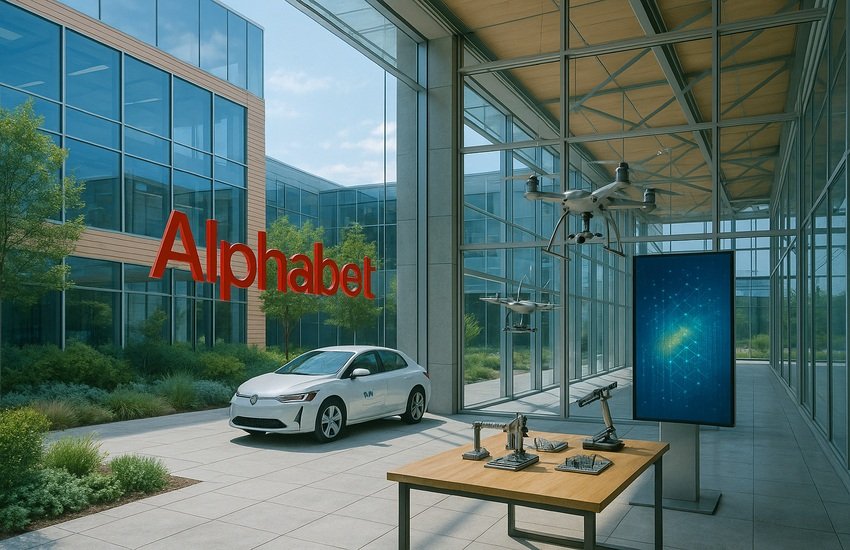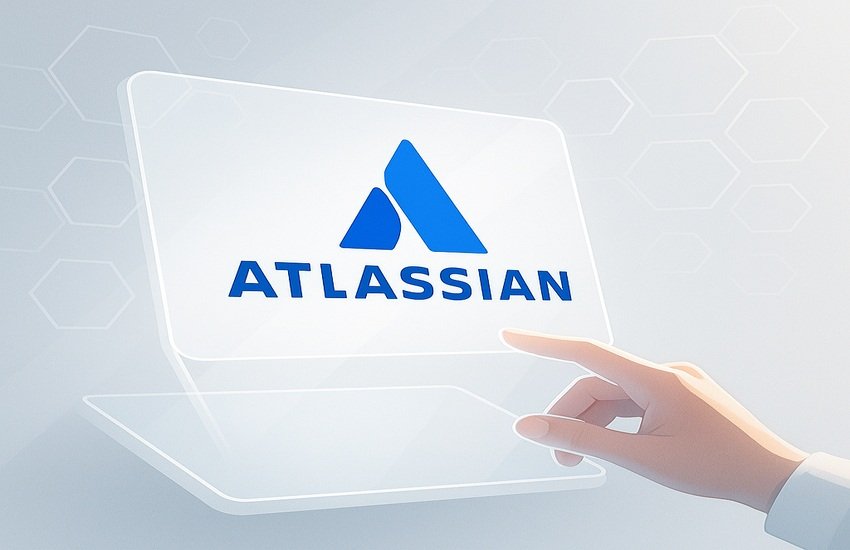Sign Up For Free To Keep Reading
Amphenol’s aggressive pursuit of CommScope’s broadband connectivity and cable unit has reignited speculation about its next transformative move. As of early August 2025, multiple sources report that Amphenol is on the verge of finalizing a roughly $10.5 billion acquisition of CCS, CommScope’s largest division by sales and operating income. The deal aligns with Amphenol’s strategic thrust into high-growth markets—especially AI-powered data centers, where fiber-optic demand has surged—and mirrors last year’s $2 billion purchase of Carlisle Interconnect Technologies. Fresh from record Q2 sales of $5.65 billion (up 57 % year-over-year) and an industry-leading adjusted operating margin of 25.6 %, Amphenol is seeking scale in fiber-optic connectors, specialty cables, and broadband infrastructure that CCS offers. With CommScope likewise eager to deleverage a heavy debt burden and focus on core mobile-network assets, both sides could reap substantial benefits. Yet the magnitude of integration, potential culture clashes, and Amphenol’s already elevated valuation multiples inject significant uncertainty into what may be its largest ever acquisition.
Enhanced Data Center & AI Market Penetration
Amphenol has already demonstrated outsized strength in the IT datacom segment—36 % of Q2 revenues—where sales grew 133 % year-over-year, driven largely by AI infrastructure demand. By absorbing CCS’s cable-and-connectivity portfolio, Amphenol can significantly expand its addressable market in data-center optical interconnects, harnessing existing customer relationships at hyperscale cloud providers and telecom operators. CCS contributes $2.8 billion in 2024 net sales across fiber-optic and copper cables for cable television, residential broadband, and data centers, instantly broadening Amphenol’s footprint in high-growth AI workloads. The combined entity could leverage Amphenol’s robust manufacturing network—including recent capacity expansions and a record $1.417 billion in Q2 operating cash flow—to accelerate new product cycles, shorten customer lead times, and fulfill the modest portion of Q3 AI demand already pulled into Q2. Moreover, Amphenol’s track record of profitable integration—evidenced by rapid margin accretion following the purchases of CIT and ANDREW—suggests that best practices in lean manufacturing and cost control can be deployed across the larger CCS operations. Enhanced cross-selling of high-speed interconnects, active RF components, and fiber-optic assemblies will allow Amphenol to capture a larger share of per-rack and per-pod spending, driving both revenue diversification and incremental operating leverage as AI data-center investments continue to proliferate globally.
Fiber-Optic & Connectivity Portfolio Integration
CommScope’s CCS unit is the industry leader in broadband connectivity cables, supplying both fiber-optic and twisted-pair copper solutions for residential and commercial networks. Integrating this portfolio with Amphenol’s existing interconnect, connector, and sensor offerings unlocks multiple technical and commercial synergies. Amphenol’s engineering teams can accelerate the development of next-generation fiber-optic connectors—drawing on CCS’s expertise in cable management and cable termination—to deliver turnkey solutions that bundle fiber harnesses, high-precision connectors, and ruggedized enclosures for 5G base stations, smart-grid deployments, and edge-computing nodes. By unifying R&D roadmaps, Amphenol can reduce duplication in optical-fiber testing platforms, consolidate supply agreements for specialty glass and polymer coatings, and negotiate volume discounts from fiber-optic-cable manufacturers. On the commercial side, joint sales forces stand to benefit from a one-stop-shop pitch: major service-provider customers can now procure an end-to-end optical-connectivity solution from Amphenol rather than coordinating multiple vendors. This could accelerate design-win cycles, expand wallet share, and shorten sales cycles for multi-million-dollar rack-level deals. In addition, CCS’s deep presence in residential broadband markets offers Amphenol a novel channel to drive fiber-to-the-home expansions, feeding high-margin connector sales as fiber rollout accelerates. Altogether, the integration of fiber-optic and copper-connectivity portfolios promises to bolster Amphenol’s competitiveness and margin profile in the global connectivity landscape.
Operational & Supply-Chain Economies Of Scale
Amphenol’s record adjusted operating margin of 25.6 % in Q2 2025—driven by strong operating leverage on 57 % year-over-year growth—is testament to its disciplined cost structure and scalable manufacturing footprint. The acquisition of CCS, with its complementary production facilities and supplier relationships, can further enhance these economies of scale. By consolidating raw-material purchasing—particularly for fiber-optic cable jackets, copper conductors, and precision-machined connector shells—Amphenol could drive down unit costs across both legacy and newly acquired lines. Shared logistics networks would allow for optimized inventory deployment, reducing working-capital intensity even as combined revenues approach $8.45 billion (combining Amphenol’s $5.65 billion Q2 run rate with CCS’s $2.8 billion annualized sales). In addition, overlapping administrative functions—such as global procurement, quality assurance, and customer support—can be rationalized to eliminate redundancies and standardize processes. Amphenol’s CFO noted free cash flow conversion of 103 % of net income in Q2, underscoring the company’s cash-flow strength; the bolt-on acquisition of CCS should enhance that metric by generating incremental after-tax operating income while amortizing fixed costs over a larger revenue base. Furthermore, the combined scale may allow Amphenol to strategically diversify manufacturing footprints—such as shifting certain high-volume cable assemblies to lower-cost regions—without disrupting service levels, thereby preserving or expanding its industry-leading margins.
Strategic Diversification & Cross-Selling Opportunities
CommScope’s CCS division serves residential broadband, cable television, and enterprise networking markets—segments where Amphenol has historically had more limited exposure. Adding these end markets to Amphenol’s defense, aerospace, automotive, and industrial portfolio enhances overall resilience and reduces reliance on any single sector. With defense accounting for just 9 % of Q2 2025 sales and automotive 14 %, CCS’s 2.8 billion in broadband sales opens new recurring-revenue streams tied to massive fiber-rollout initiatives, 5G densification projects, and the ongoing transition to DOCSIS 4.0 standards. Amphenol’s salesforce can cross-sell high-margin interconnect products—such as ruggedized fiber-optic connectors and hybrid cable assemblies—to CCS’s existing customer base, while CCS’s distribution channels offer Amphenol a faster path to scale its consumer-facing connectivity solutions. This diversification may also smooth cyclical swings: broadband infrastructure budgets often decouple from industrial or aerospace capital cycles. As Amphenol CEO Adam Norwitt has emphasized, a balanced end-market exposure has underpinned the company’s ability to deliver record organic growth—41 % in Q2—and strong book-to-bill ratios. Moreover, the addition of CCS’s expertise in network-design consulting and on-site installation services could spawn bundled service-and-hardware offerings, further deepening customer relationships and raising switching costs. In a competitive landscape where integrated solutions are increasingly prized, such cross-selling and diversification stand to fortify Amphenol’s long-term growth trajectory.
Key Takeaways
An Amphenol acquisition of CommScope’s CCS unit could deliver substantial synergies—ranging from enhanced AI-data-center penetration and integrated fiber-optic portfolios to operational scale and diversified end-market exposure. These upside potentials are counterbalanced by integration complexities, incremental debt leverage, and Amphenol’s already rich valuation: as of June 30, 2025, Amphenol traded at approximately 7.03× LTM EV/Revenue and 25.35× LTM EV/EBITDA, up from 5.48× and 21.53× three months earlier. While the company’s strong free-cash-flow profile and track record of accretive acquisitions support a strategic bolt-on, the elevated multiples suggest limited margin for error. Ultimately, the transaction could be a double-edged sword—bolstering scale and cross-sell opportunities but testing Amphenol’s ability to integrate a large, debt-burdened business without diluting long-term returns. Such a deal’s success will hinge on disciplined execution, cost-synergy realization, and maintaining valuation discipline amidst fierce competition for assets.





